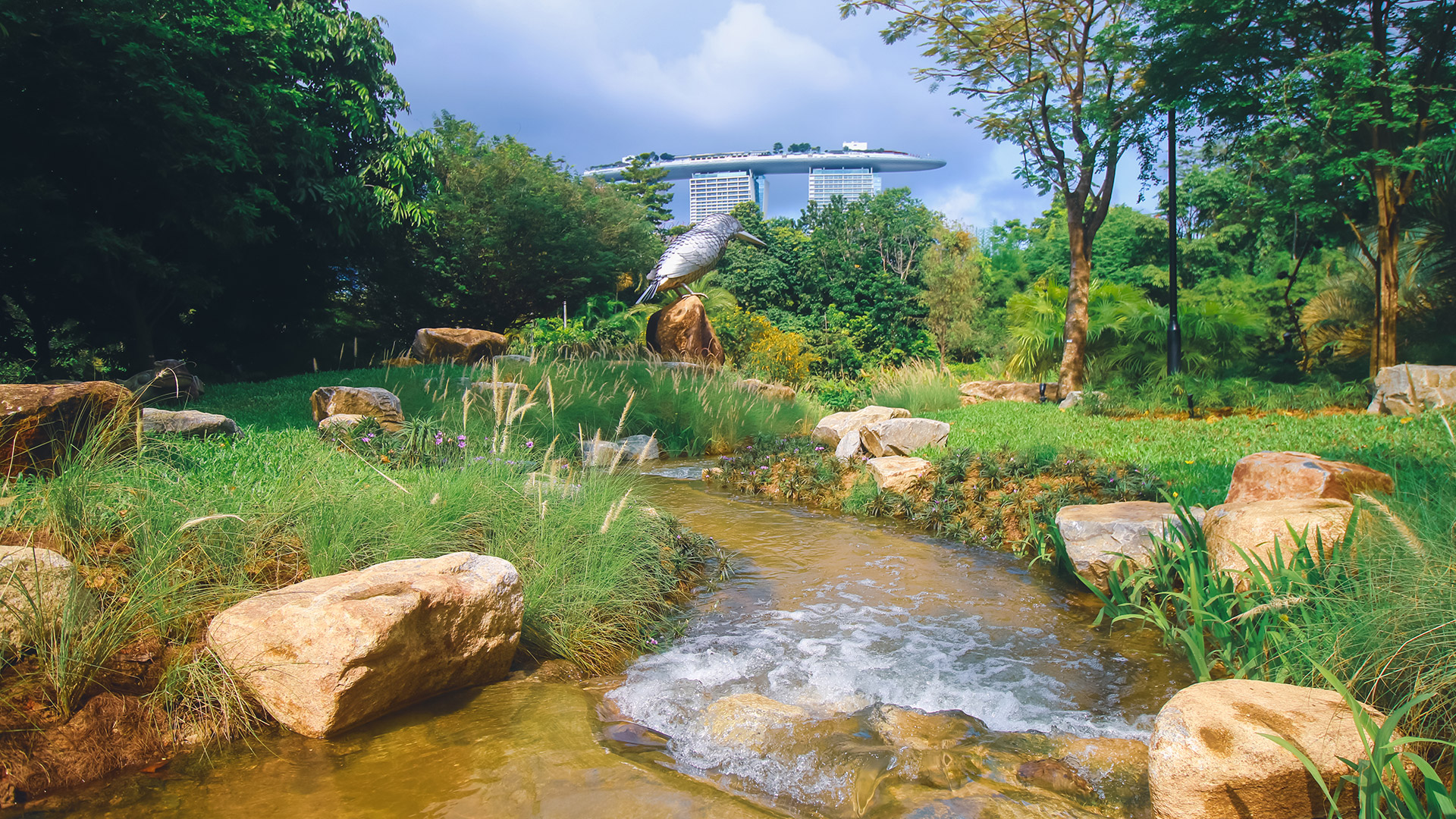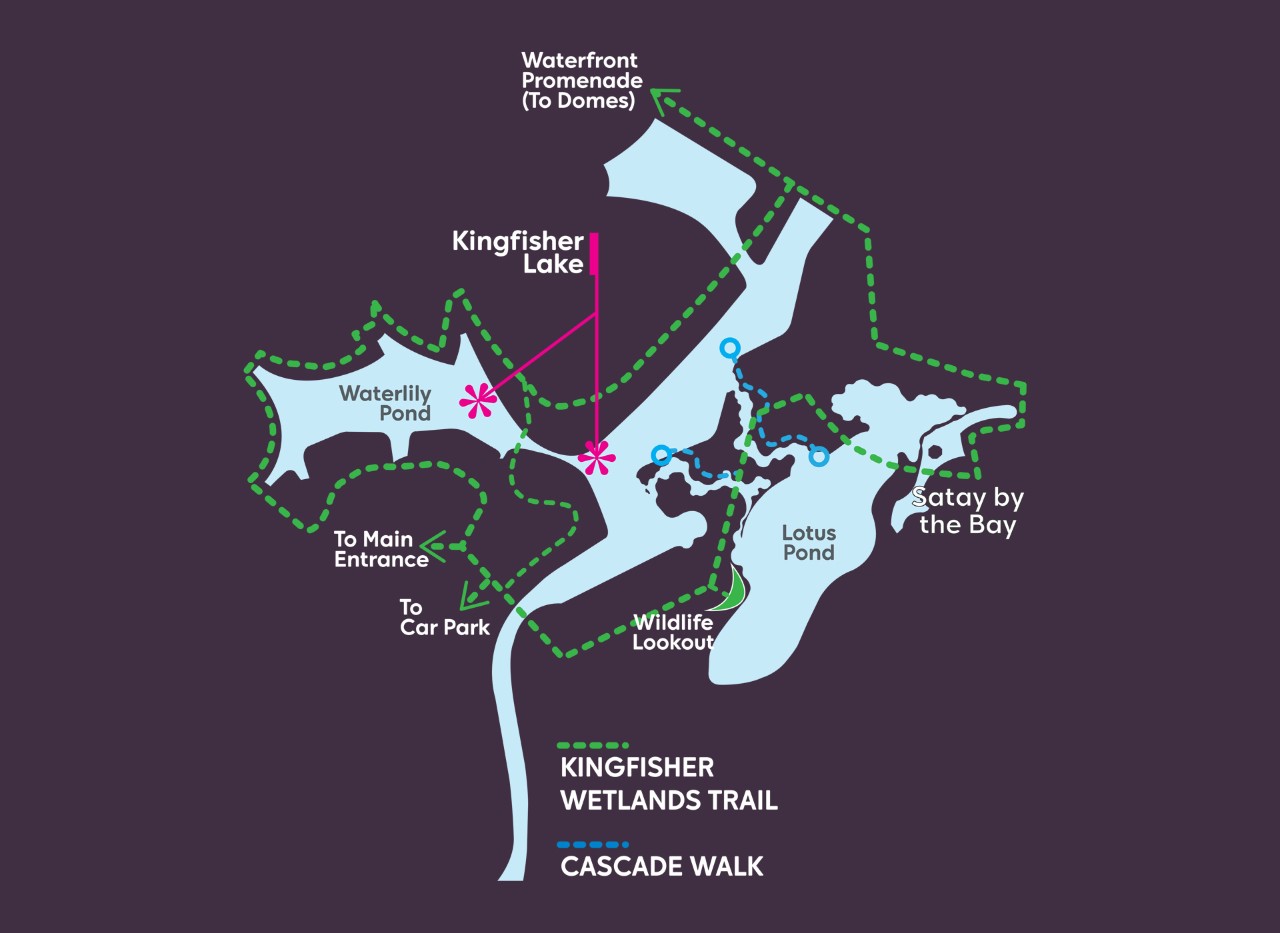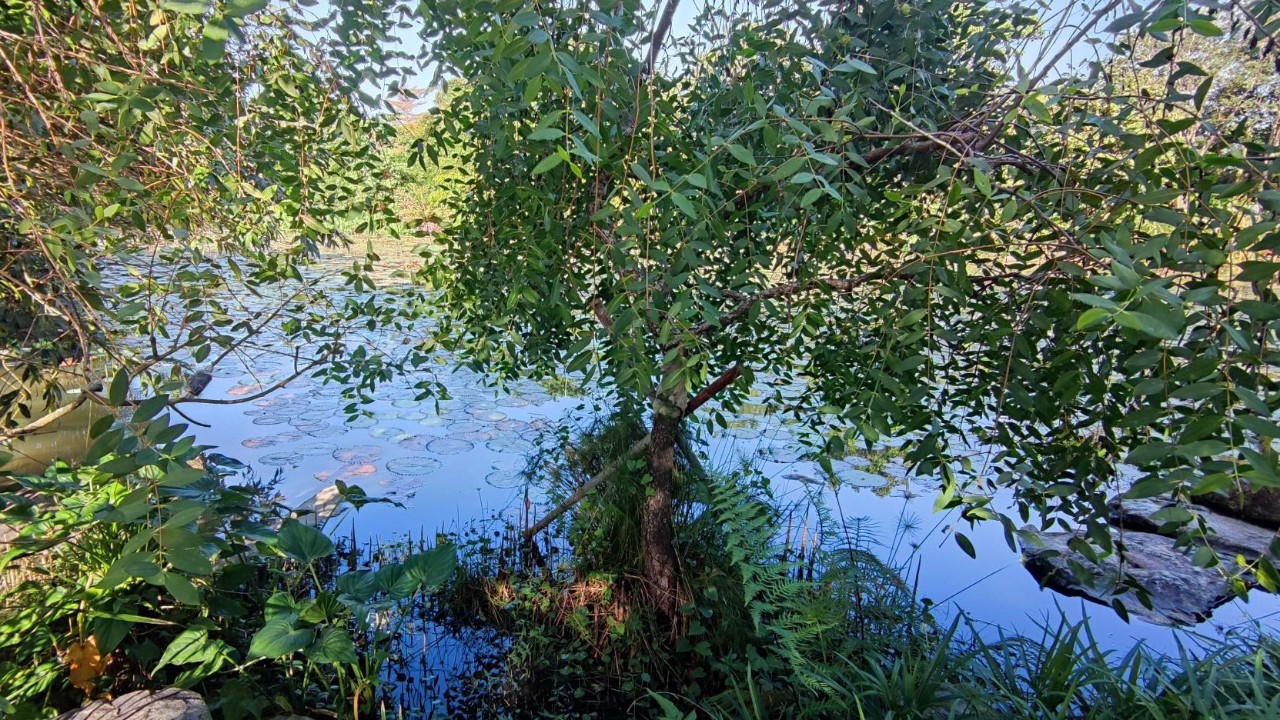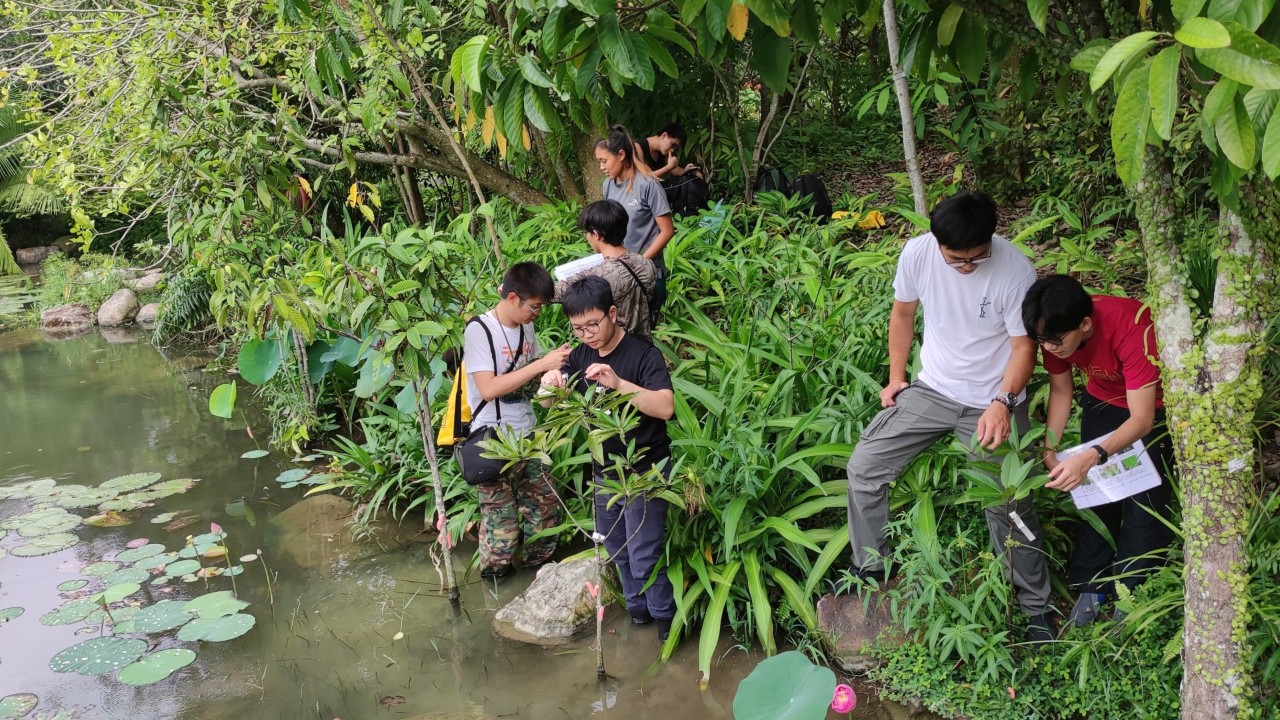Opening Hours
Daily: 5.00am – 2.00am
For bird watchers and nature lovers, the Kingfisher Wetlands never disappoints. The latest attraction at the Gardens, this new freshwater sanctuary opens your eyes to a flourishing diversity of exotic flora and fauna.
Rarely do you get wetlands like this in the city centre, so seize this opportunity to get up close with Nature. After a fulfilling meal at Satay by the Bay, take an easy stroll to the Wetlands near by. Savour all that nature has to offer, and discover the secrets to biodiversity—thriving right in the heart of our urban world.
Daily: 5.00am – 2.00am
Free admission
For bird watchers and nature lovers, the Kingfisher Wetlands never disappoints. The latest attraction at the Gardens, this new freshwater sanctuary opens your eyes to a flourishing diversity of exotic flora and fauna.
The Kingfisher Wetlands, sponsored by Kikkoman is a haven of biodiversity. The water cascades and streamlets at Kingfisher Wetlands create microhabitats for biodiversity to flourish. Over 200 native true mangrove trees and mangrove associates have been planted, contributing to sustainability by storing “blue” carbon.
Ready for more discoveries? Get on the new Wildlife Lookout deck to spot birds, reptiles and other animals bustling all around. Make it a learning adventure for your children too—Kingfisher Wetlands is filled with educational signages that satisfy their curious minds about the birds and animals that frequent the Wetlands.
Organised groups from local institutes of higher learning, community groups and social service agencies can sign up for our Nature and Sustainability Tours where guides can bring you on a free walking tour to discover the native biodiversity found here and learn about the role of such urban wetlands in face of climate change!
Size of Kingfisher Wetlands
(slightly bigger than the size of two football pitches!)
Number of Zones
Habitats for biodiversity

Zone 1: Natural Rock Pool & Main Cascades

Zone 2A & 2B: Kingfisher Cascades (Meandering cascades linking Kingfisher Lake & Lotus Pond)

Zone 3: Wildlife Lookout

Mangroves are incredibly hardy trees. Mangroves are defined by their common ability to grow submerged in brackish water (water saltier than freshwater, but not as much saltwater). Found on coastlines, they offer critical shelters for hundreds of marine lives. Most amazingly, mangroves are known to be able to sequester four times more carbon than rainforests!
Visiting the mangroves? Try spotting these local mangrove heroes among the varied species.
This goes to show just how much migratory birds adore this natural sanctuary. Fans include several of Singapore’s nine Kingfisher species such as the White-collared Kingfisher and Common Kingfisher. On luckier days, you will also catch a glimpse of rarer guests such as the White-breasted Waterhen, Scarlet-backed Flowerpecker, and Lesser Whistling Ducks.
Insects like the Plain Tiger Butterfly and Blue Dasher Dragonfly are frequent visitors too. And for animal lovers, one word of advice: keep your eyes peeled. You never know when the Malayan Water Monitor and Smooth-coated Otter will make their special appearances.

Supported by Temasek and SG Eco Fund, a one-year pilot study was conducted at Kingfisher Wetlands to explore the potential for urban wetlands to capture carbon. Leveraging Kingfisher Wetlands as a living laboratory, the study identified mangrove species that do well in Gardens by the Bay’s freshwater conditions, and as such, can be planted in man-made wetlands to provide more habitats that are attractive to biodiversity. The results also revealed that carbon content in the sediments of the ponds within Kingfisher Wetlands was higher than natural “blue carbon” ecosystems– likely due to the low environment variability such as tides, currents and inundation frequency. In addition, carbon stock of mangroves at Kingfisher Wetlands increased as the plants grew over the monitoring period. Taken together with the biodiversity it supports, man-made wetlands are a potential nature-based climate solution that can improve the resilience of cities against climate change.

Kingfisher Wetlands is also a platform for community engagement, where the Wonderful Wetlands Series engaged over 850 members of public, including tertiary institutions and corporate groups. Through public lectures and mangrove monitoring sessions, participants learnt about the importance of mangroves and nature-based solutions and citizen scientists helped to collect data on site.
Check out these slides from the Wonderful Wetlands Series to learn more about mangroves and the study at Kingfisher Wetlands:
Mangroves are incredibly hardy trees. Mangroves are defined by their common ability to grow submerged in brackish water (water saltier than freshwater, but not as much saltwater). Found on coastlines, they offer critical shelters for hundreds of marine lives. Most amazingly, mangroves are known to be able to sequester four times more carbon than rainforests!
Visiting the mangroves? Try spotting these local mangrove heroes among the varied species.
This goes to show just how much migratory birds adore this natural sanctuary. Fans include several of Singapore’s nine Kingfisher species such as the White-collared Kingfisher and Common Kingfisher. On luckier days, you will also catch a glimpse of rarer guests such as the White-breasted Waterhen, Scarlet-backed Flowerpecker, and Lesser Whistling Ducks.
Insects like the Plain Tiger Butterfly and Blue Dasher Dragonfly are frequent visitors too. And for animal lovers, one word of advice: keep your eyes peeled. You never know when the Malayan Water Monitor and Smooth-coated Otter will make their special appearances.

Supported by Temasek and SG Eco Fund, a one-year pilot study was conducted at Kingfisher Wetlands to explore the potential for urban wetlands to capture carbon. Leveraging Kingfisher Wetlands as a living laboratory, the study identified mangrove species that do well in Gardens by the Bay’s freshwater conditions, and as such, can be planted in man-made wetlands to provide more habitats that are attractive to biodiversity. The results also revealed that carbon content in the sediments of the ponds within Kingfisher Wetlands was higher than natural “blue carbon” ecosystems– likely due to the low environment variability such as tides, currents and inundation frequency. In addition, carbon stock of mangroves at Kingfisher Wetlands increased as the plants grew over the monitoring period. Taken together with the biodiversity it supports, man-made wetlands are a potential nature-based climate solution that can improve the resilience of cities against climate change.

Kingfisher Wetlands is also a platform for community engagement, where the Wonderful Wetlands Series engaged over 850 members of public, including tertiary institutions and corporate groups. Through public lectures and mangrove monitoring sessions, participants learnt about the importance of mangroves and nature-based solutions and citizen scientists helped to collect data on site.
Check out these slides from the Wonderful Wetlands Series to learn more about mangroves and the study at Kingfisher Wetlands: